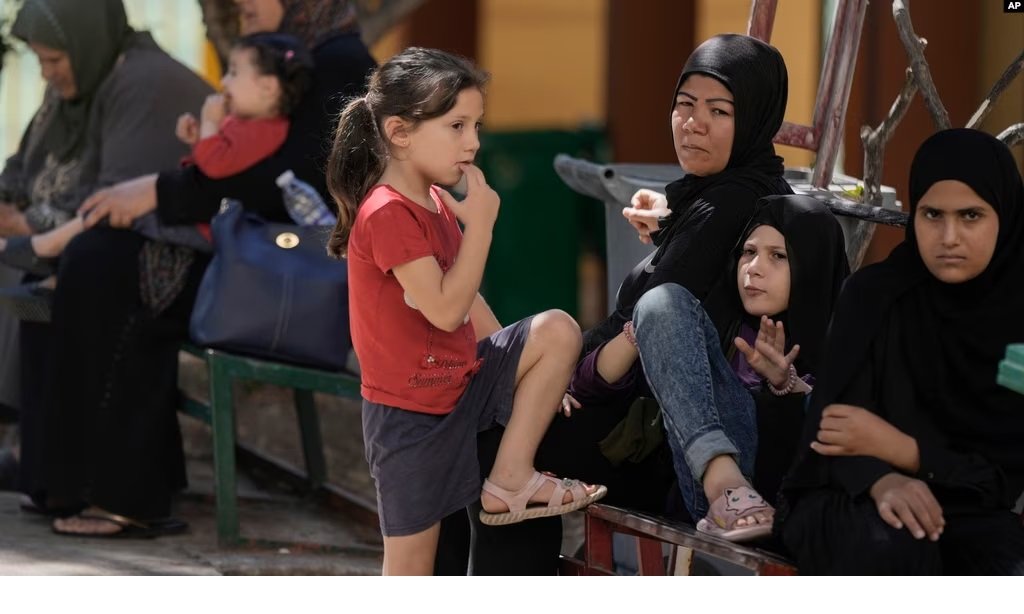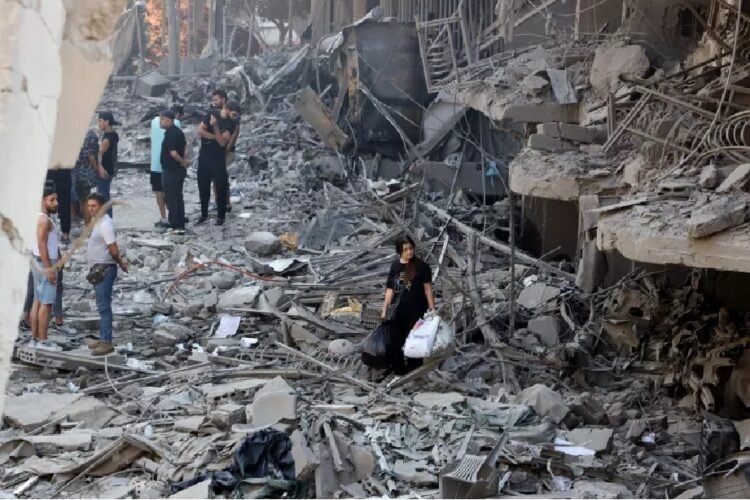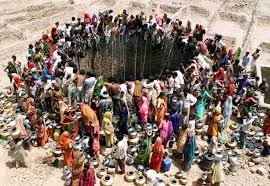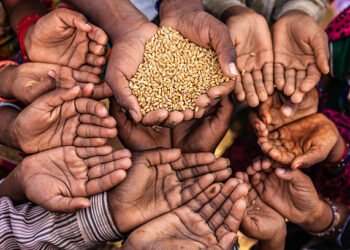One of the biggest challenges in conflict-affected countries is that poverty reduction tends to be much slower.
Poverty and conflict are intertwined. Violent conflicts directly drive poverty. They destroy infrastructure, disrupt institutions, and lead to displacements. This results in a lack of access to essential services such as water, electricity, and health. The effects are often long-lasting and disproportionately affect children and youth. Conflict makes it challenging for communities to meet even basic needs. This article explores the relationship between conflict and poverty, highlighting key facts from the 2024 Global Multidimensional Poverty Index (MPI) report.
Conflict and Poverty
In 2023, more violent conflicts were ongoing than at any time since World War II. Over 117 million people were displaced due to conflicts, disasters, or other factors. Such conflicts have led to massive casualties. In 2022, the number of civilian deaths in conflicts was the highest recorded since 2010.
Poverty, meanwhile, is not evenly distributed around the world. Some regions are more affected than others. Sub-Saharan Africa and South Asia are the most impacted, with 83.2% of the world’s poor residing in these areas. More than half of these individuals are children, and 83.7% live in rural areas.
The MPI report reveals a strong correlation between conflict and poverty. MPI values, which reflect multidimensional poverty, are significantly higher in conflict-affected settings. In countries affected by prolonged conflicts, poverty reduction has either stagnated or reversed.
Also Read
Impact on Human Needs
Conflicts have a direct impact on fundamental human needs. Access to essential services like health, education, clean water, and electricity becomes restricted during conflicts. For instance, in 2022, around 579 million people living in poverty lacked electricity, and 828 million lacked proper sanitation.
Furthermore, conflicts disrupt children’s education. In war-affected countries, 17.7% of people live in households with children who do not attend school, compared to only 4.4% in non-conflict-affected areas. The problem extends beyond education; poor nutrition and lack of healthcare also affect millions. In South Asia, 272 million poor people live in households with at least one undernourished person.

Also Read
No Poverty Archives – India CSR
Afghanistan: A Case Study
Afghanistan is one of the countries most affected by poverty linked to conflict. From 2015 to 2023, the number of poor people in Afghanistan increased by 5.3 million. More than 64.9% of Afghans were poor in 2022/23, with children being the most affected. Nearly 70% of Afghan children live in poverty, and 43.8% of poor households have children who do not attend school.
Prolonged conflict in Afghanistan has led to extensive disruptions in education, and a recent ban on the education of girls beyond grade six further worsens the situation. Such disruptions not only limit educational opportunities but also expose girls to early marriage and other risks.
Also Read
What is the Global Multidimensional Poverty Index? I India CSR
Poverty amid Conflict I India CSR
Conflict-affected Countries Fare Worse
The MPI data indicate that countries affected by conflicts fare worse in terms of poverty than those not experiencing conflicts. For example, in war-affected countries, 34.8% of the population is poor compared to 10.9% in non-conflict countries. Furthermore, the average deprivation rate across all 10 MPI indicators—including nutrition, schooling, and electricity—is much higher in conflict-affected areas.
Poverty Reduction Challenges
One of the biggest challenges in conflict-affected countries is that poverty reduction tends to be much slower. The weighted average annual reduction in MPI value is only 0.008 in war-affected countries, compared to 0.012 in minor conflict areas and non-conflict countries. This means that while some conflict-affected countries have managed to reduce poverty, the rate of reduction is significantly lower, and many people are being left behind.
Moreover, data collection in conflict zones is challenging, and as a result, poverty levels may be underestimated in these areas. This underestimation is particularly significant because the very regions most affected by poverty and conflict are often those for which there is insufficient data.
Key Facts
| Key Facts | Details |
|---|---|
| Number of people living in acute poverty | 1.1 billion globally (18.3%) |
| Most affected regions | Sub-Saharan Africa (553 million) and South Asia (402 million) |
| Proportion of poor people who are children | 584 million (27.9%) |
| Displacement due to conflicts | 117 million people globally |
| Poor people deprived of electricity | 579 million |
| Poor people in war-affected countries | 218 million (19.0%) |
| Child poverty in Afghanistan | 70% of children live in poverty |
You Learn
The link between poverty and conflict is evident. Conflicts lead to higher rates of poverty, disrupt human development, and restrict access to basic services. Addressing poverty in conflict-affected regions requires concerted global efforts focused on providing basic services, supporting education, and rebuilding shattered communities. Moreover, to effectively combat poverty, it is crucial to address the root causes of conflict and build peaceful, resilient societies. Only by preventing conflicts can the world hope to make meaningful progress towards eradicating poverty and achieving the Sustainable Development Goals.
Also Read
(India CSR)






















